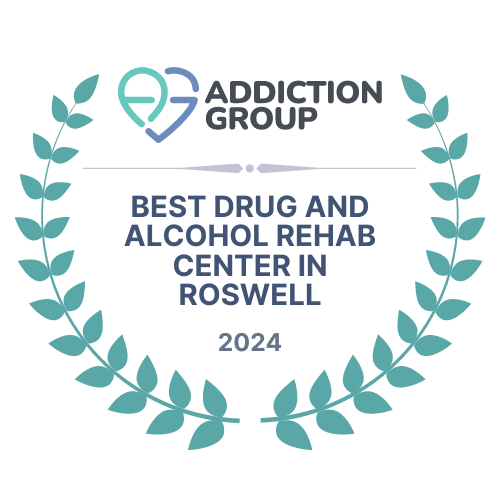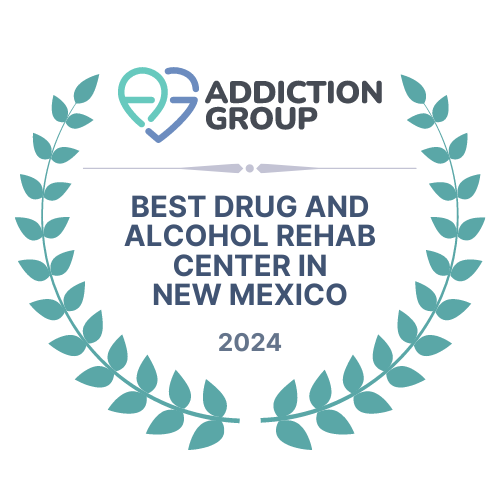Opioid Use Disorder (OUD) is a debilitating condition that has ensnared millions across the globe. As the epidemic’s impact deepened, the medical community has sought various treatment modalities to help individuals regain control over their lives. One such method that stood the test of time is Methadone. However, in recent years, Suboxone has emerged as an alternative, with a safety profile that offers particular advantages. This article dives deep into Methadone’s role in treating OUD and compares it to the promising efficacy of Suboxone.
Methadone: A Pillar in the OUD Treatment Landscape
For decades, Methadone has been an anchor in the arsenal against OUD. It’s a synthetic opioid that, when administered under controlled medical supervision, can offer relief to those struggling with addiction.
Benefits of Methadone
Withdrawal Symptom Management: Methadone helps mitigate the harrowing withdrawal symptoms associated with opioid dependence, making the journey toward sobriety more feasible.
Reduction of Cravings: Methadone addresses the opioid receptors in the brain, reducing the cravings that can derail recovery efforts.
Improved Quality of Life: Stable doses of Methadone allow individuals to regain functionality in their daily lives, re-entering the workforce, and rebuilding relationships.
Challenges with Methadone
Dispensation: Methadone’s administration requires daily visits to specialized clinics. This can be logistically challenging and may stigmatize the individual.
Overdose Potential: If misused or taken with other depressants, Methadone can lead to respiratory depression, a potentially fatal condition.
Length of Treatment: Many individuals might remain on Methadone for years or even decades. While this stability can be beneficial, it raises questions about long-term dependency.
Suboxone: The Evolving Treatment Alternative
Suboxone, a blend of buprenorphine (a partial opioid agonist) and naloxone (an opioid antagonist), has in recent times gained traction as a potent alternative to Methadone.
Why Suboxone is Gaining Ground
Flexible Treatment: Unlike Methadone, which requires daily clinic visits, Suboxone can be prescribed for take-home use, offering greater autonomy to the patient.
Safety Profile: Suboxone has a ceiling effect, meaning after a particular dosage, its effects plateau. This significantly reduces the risk of overdose.
Deterrent Against Misuse: The naloxone component in Suboxone acts as a safeguard. If someone tries to misuse it (e.g., by injecting), naloxone can precipitate withdrawal symptoms, thus acting as a deterrent.
Comparing Methadone and Suboxone
Both treatments have their merits, but when placed side by side, some clear distinctions emerge:
Safety: Suboxone’s unique formulation makes it inherently safer. The risk of fatal overdose is lower with Suboxone compared to Methadone, making it a preferred choice for those concerned about potential misuse.
Flexibility: Suboxone’s ability to be taken at home, under a physician’s guidance, provides flexibility that Methadone can’t match due to its strict dispensing regulations.
Dependency and Tapering: While both treatments can lead to dependency, many experts believe that tapering off Suboxone can be more straightforward than Methadone, mainly due to its partial agonist properties.
The Persuasive Case for Suboxone
In the context of the opioid epidemic, the need for effective, safe, and flexible treatments is paramount. While Methadone has played a pivotal role for decades, Suboxone’s emergence offers a fresh perspective. Its safety profile, combined with treatment flexibility and a deterrent against misuse, paints a compelling picture for its adoption. For many, the journey from the depths of addiction is fraught with challenges. Suboxone, with its multifaceted advantages, offers a beacon of hope in this arduous journey.
Conclusion
Methadone has been a stalwart in the fight against OUD. Its contributions to the recovery of countless individuals cannot be understated. However, as medicine evolves and new treatments emerge, it’s crucial to recognize and adopt superior modalities. Suboxone, with its compelling benefits, is fast becoming the preferred choice for many healthcare professionals and patients alike.
As we continue to grapple with the challenges of the opioid crisis, it’s essential to remain open to treatments that promise better outcomes, reduced risks, and an improved quality of life. In this evolving landscape, Suboxone is undoubtedly a star on the rise.
Renew Health is your partner to sustainable recovery. Book your appointment to break the addiction cycle.








